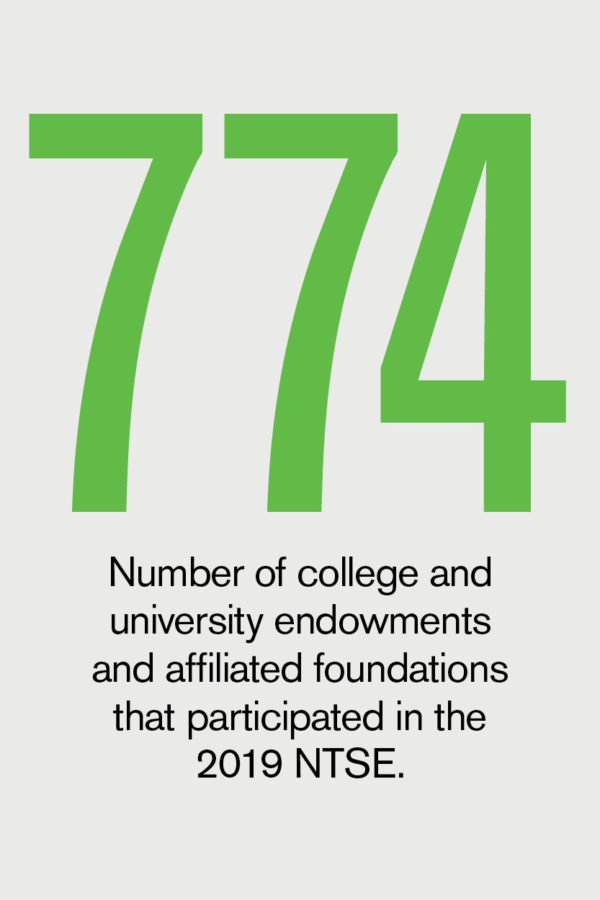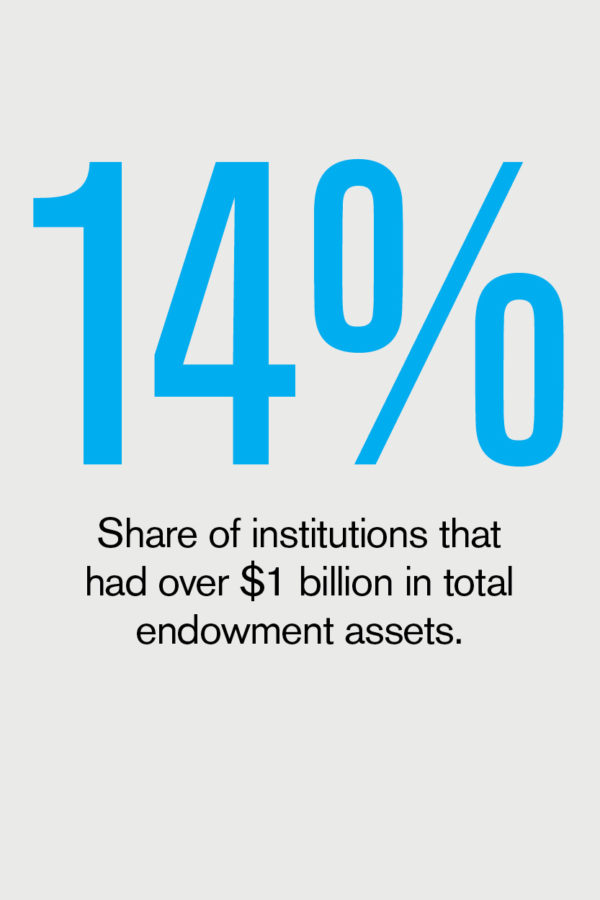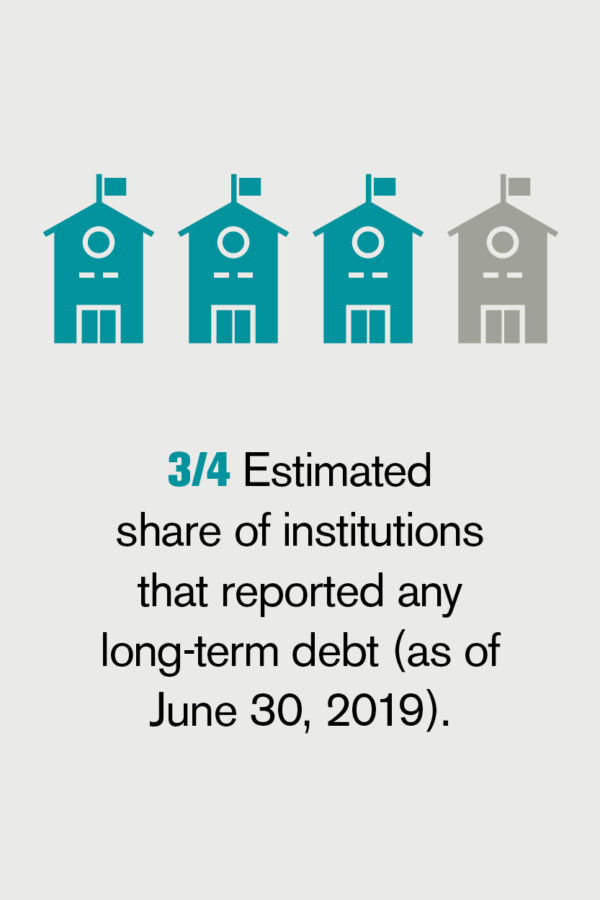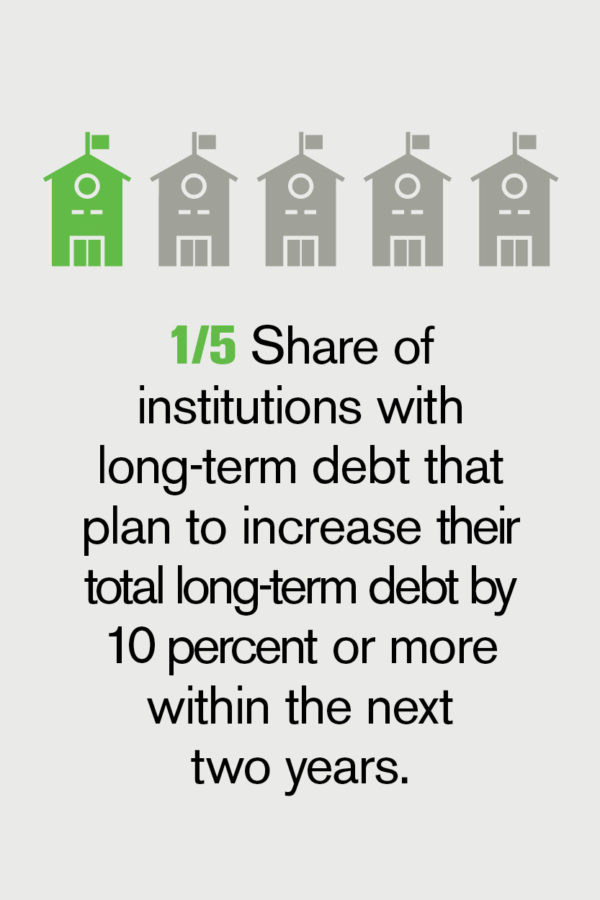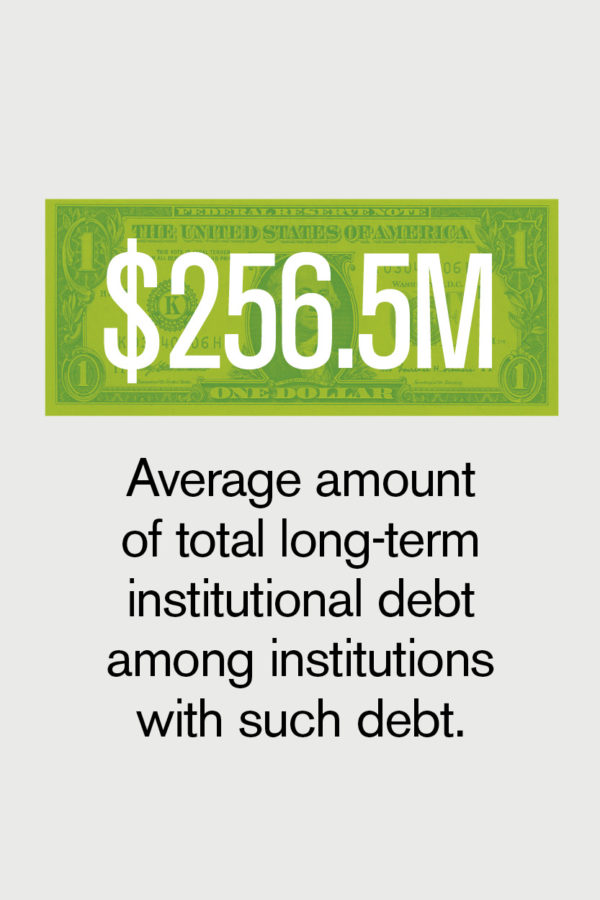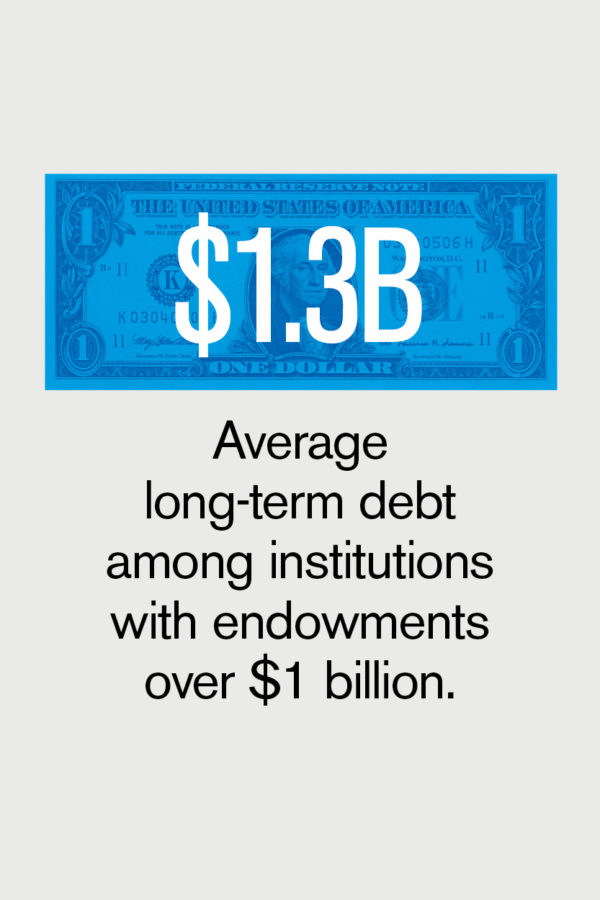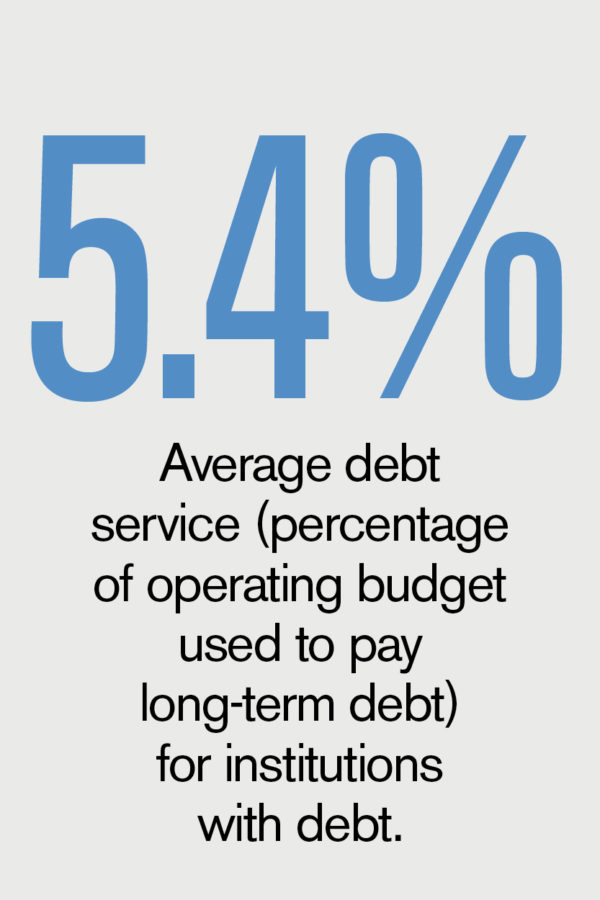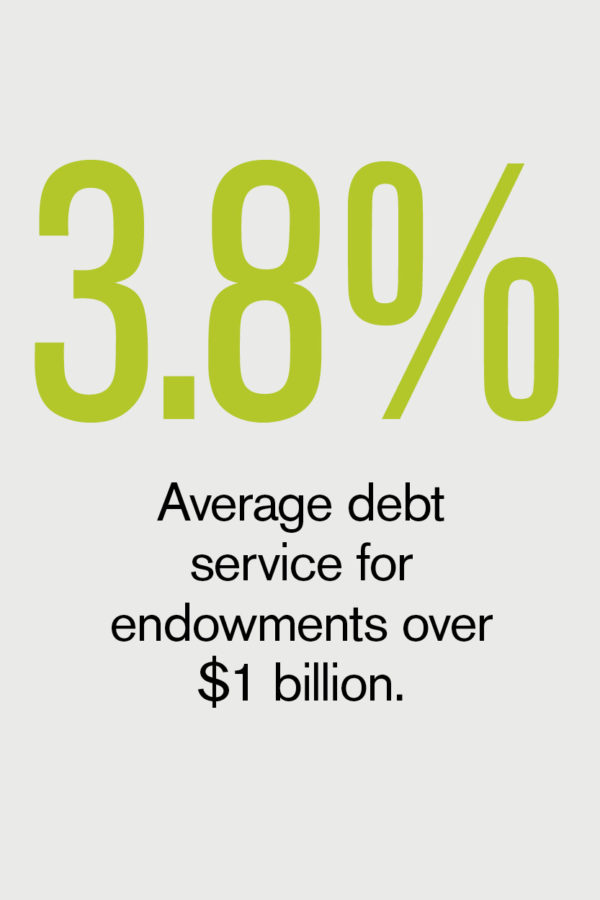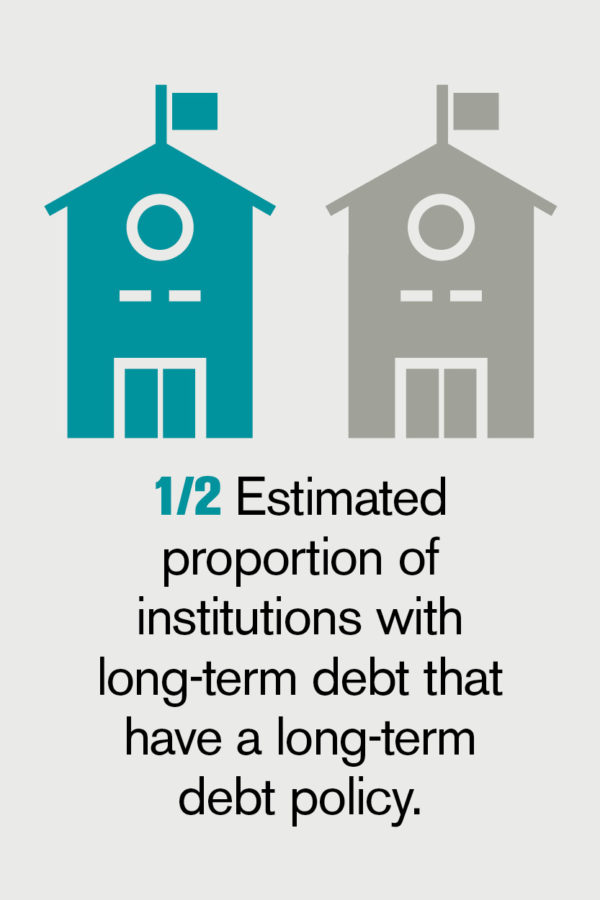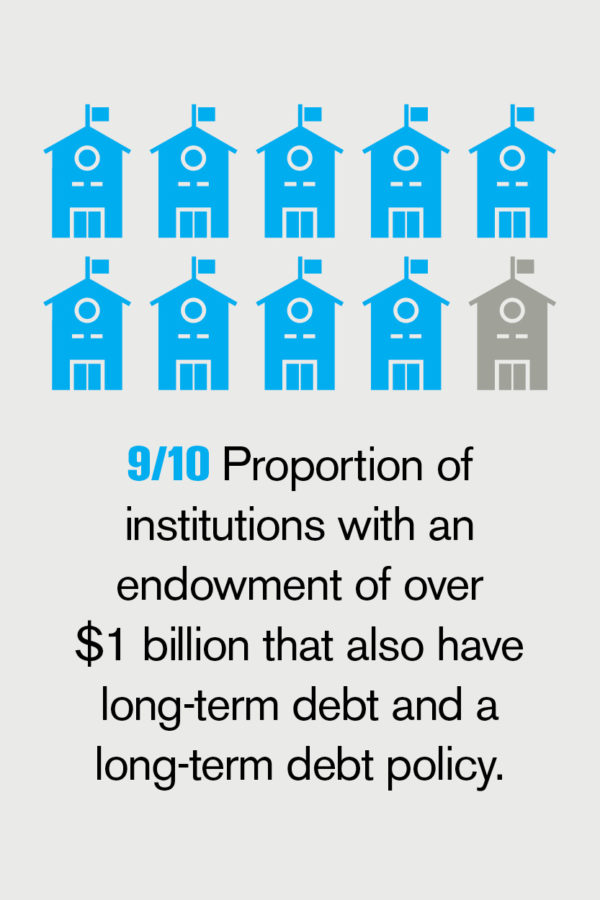The University of California System’s Carbon Neutrality Initiative commits UC to emitting net zero greenhouse gases from its buildings and vehicle fleet by 2025. One important strategy for meeting this goal, in addition to buy-in from the UC leadership, has been the Million LED Challenge (MLC), a project aimed at drastically increasing the use of high-quality, high-efficacy LED light sources by facilities, students, staff, faculty, alumni, and retirees, including through a bulk purchasing discount.
Initially launched in 2016 at the UC Davis California Lighting Technology Center, the MLC is now a collaborative effort of the University of California, the California State University System, the California Community College System, and the California Department of General Services. The program offers a simple, research-based, and cost-effective way of reducing greenhouse gas emissions by significantly advancing energy efficiency through an aggressive replacement effort of incandescent and linear fluorescent fixture types.
“The MLC is a practical program that delivers quantifiable carbon savings for all 10 UC campuses and numerous other state facilities,” says Reynaldo Cano-Boza, senior commodity manager for facilities and maintenance, UC Centers of Excellence. “Additionally, this program demonstrates that all segments of higher education in California are working together with the state to maximize the value of investment in higher education.”
Lighting Makes a Difference
Lightbulbs may seem insignificant in the fight to reduce greenhouse gases, but a widespread reduction can yield huge results. For example, by replacing 1 million 60-watt incandescent bulbs that are used about three hours a day, California can save 55.8 (or 85 percent) of its GWh annually. These savings will decrease carbon emissions by 41,461 metric tons, which is like removing 8,900 passenger vehicles from the road each year, according to the U.S. Environmental Protection Agency’s greenhouse gas equivalencies calculator.
While Californians are generally dedicated to reducing greenhouse gases, choosing energy-efficient bulbs isn’t as easy as it sounds. Many lightbulbs designed with energy efficiency as the only criteria are dim, short-lived, and make it difficult to see colors properly, according to Michael Siminovitch, director of the California Lighting Technology Center.
The MLC partners have adopted established standards to ensure that all bulbs included in the program meet the criteria for both high efficiency and high quality. As a result, institutions as well as consumers associated with the state’s facilities, colleges, and universities can easily switch to energy-efficient bulbs for their own homes, without worrying about whether the products will provide good, natural lighting for a long time.
Partnering for Better Purchasing
To encourage educational institutions and associated households to switch to energy-efficient lightbulbs, UC Procurement Services joined forces with the California Department of General Services, the California State University System, and the California Community College System to leverage the program statewide.
With bulk purchasing, all partners are able to save on more efficient lighting, and the MLC website makes it quick and easy to place orders. The website also offers educational resources to help users understand their options for their next lighting purchase and provides secure purchasing at discount prices for students, staff, faculty, alumni, and retirees of the partner organizations.
The California Lighting Technology Center used research from the California Energy Commission to develop the lighting quality specifications for the MLC program. Based on those specifications, the Strategic Sourcing arm of UC Procurement Services launched an RFP to the lighting industry and selected appropriate qualifying vendors. Selected light sources have been tested at the California Lighting Technology Center to ensure that the performance of the products meets the specification requirements. With widespread adoption of high-quality, high-efficiency and cost-effective light sources, Siminovitch says, the MLC program is already delivering significant energy savings and reduced emissions.
NANCY MANN JACKSON, Huntsville, Ala., covers higher education business issues for Business Officer.





